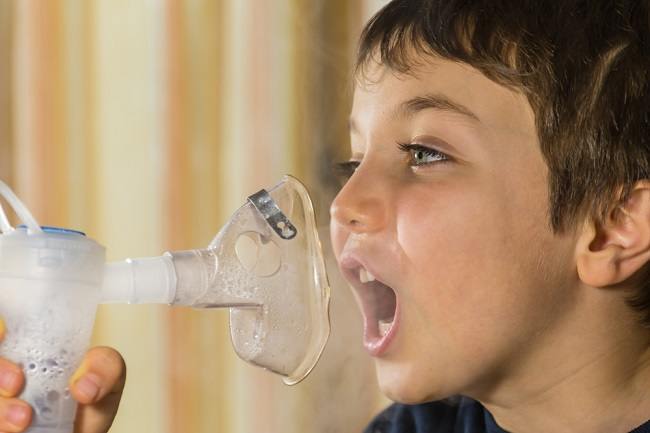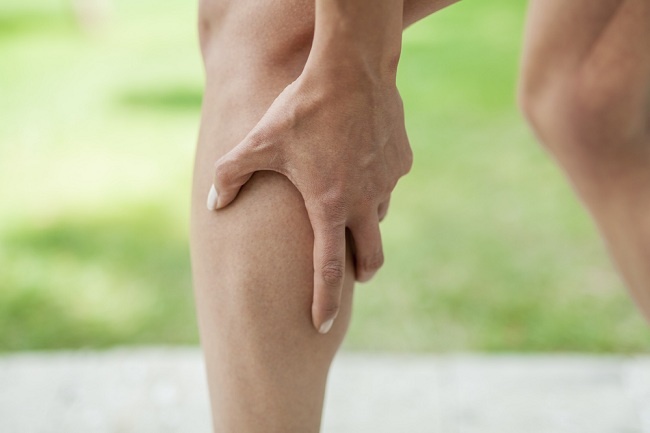Chemical castration is being hotly discussed after the President of the Republic of Indonesia signed a technical regulation on the implementation of chemical castration punishment for convicts of sexual violence against children. What is chemical castration and how is the process and its impact on health?
On December 7, 2020, the President of the Republic of Indonesia, Joko Widodo, officially enacted Government Regulation (PP) No. 70 of 2020 concerning Procedures for Implementing Chemical Castration, Installation of Electronic Detection Devices, Rehabilitation, and Announcement of the Identity of Perpetrators of Sexual Violence against Children.

This regulation is implemented to provide a deterrent effect for perpetrators of crimes and sexual violence against children. This form of punishment is carried out by giving hormones that can reduce the sexual desire of the perpetrators of crimes.
After being castrated, the perpetrator will be installed with an electronic detection device and undergo rehabilitation.
Chemical Castration Method
In contrast to castration or physical castration which involves surgical procedures on the male reproductive organs, chemical castration is not carried out in this way.
Chemical castration is done by giving drugs gradually, usually in the form of injections, to perpetrators of child sexual abuse with the aim of reducing their sexual desire.
These drugs work by lowering levels of the hormone testosterone, the hormone that plays a role in producing libido or sexual desire.
There are several types of drugs that can be used to suppress the production of the hormone testosterone in chemical castration, namely:
1. LHRH agonists (Luteinizing hormone-releasing hormone)
LHRH agonists are used to decrease the testosterone produced by the testes. Over time, this drug will make the testicles shrink and even make them very small in size.
When an LHRH agonist is first administered, testosterone levels will temporarily rise before dropping to very low levels.
LHRH agonist drugs are used by injection or placed as small implants under the skin. Some examples of LHRH agonist drugs are: leuprolide, goserelin, and triptorelin.
2. LHRH . antagonists
This drug works directly by lowering testosterone levels more quickly. Examples of this type of drug are: degarelix which is usually given once a month by injection or relugolix which is a pill to be taken once a day.
3. Medroxyprogesterone acetate (MPA)
This drug is a type of hormonal contraception that can be used by women. If given to men, MPA can stimulate the testes to stop producing testosterone so the amount of this hormone will decrease. This will make the libido in men decrease drastically.
The Impact of Chemical Castration on Men's Health
The decrease in testosterone levels in the body of men undergoing chemical castration, of course, cannot be separated from its impact on health. The following are some of the effects of chemical castration on health:
Physical impact
Testosterone is the main sex hormone in men. This hormone plays an important role in increasing muscle mass and body hair growth, especially during puberty.
When the amount of testosterone decreases, a man can experience the following physical effects:
- Increased fat tissue and cholesterol
- Decreased muscle mass
- Bones become brittle or porous
- Baldness or loss of body hair
- Swelling or pain in breast tissue
- Erectile dysfunction
In addition, the low testosterone hormone due to chemical castration will be accompanied by a decrease in energy that can cause the body to tire easily, as well as changes in sleep patterns and sleep disorders, such as insomnia.
Psychological impact
Not only physical effects, chemical castration can also affect men psychologically. Some research shows that men with low levels of the hormone testosterone are more at risk for depression and anxiety disorders, memory loss, and difficulty concentrating.
Chemical castration is done to prevent repeated acts of sexual offenders because it can reduce their sexual arousal. However, further psychotherapy and supervision still need to be done after the perpetrator has finished chemical castration.
Meanwhile, the role of the surrounding environment is also very necessary. Parents and family members need to provide understanding about sex education for children to minimize the risk of sexual harassment and violence in the future.









